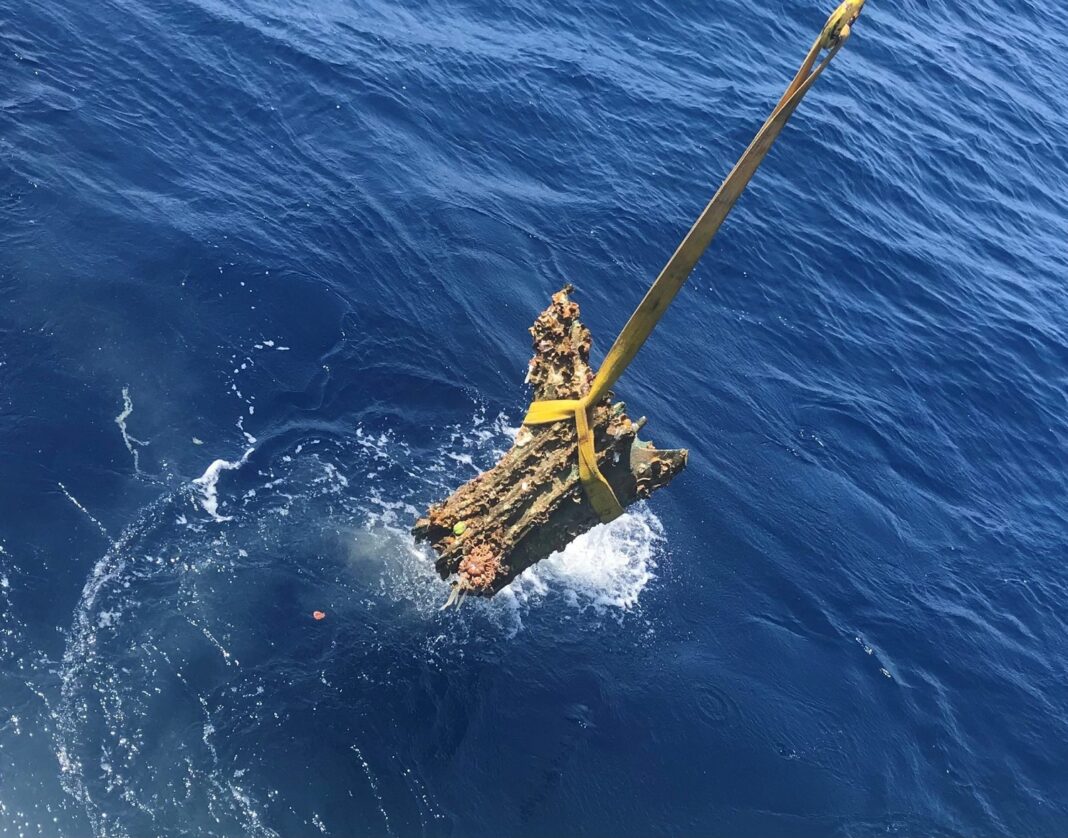Underwater archaeologists have found two bronze battering rams and lead bullets from the ancient Mediterranean civilization from the time of the greatest naval battle of antiquity – the Battle of the Aegat Islands 241 BC. This was the decisive battle of the First Punic War.
It is reported by “Naked-science”.
Employees of the non-profit research organization RPM Nautical Foundation, together with the authorities of Sicily, found the most important and very rare naval weapon of warships, which they used to sink enemies more efficiently than throwing machines. In total, 25 battering rams were found for the entire time of research in the battle area.
Also found in 2021 were dozens of lead sling bullets (traditional rounded shape), several bronze helmets and cheek pads (an element of the helmet), as well as Roman and Hellenistic coins. In addition, they discovered a sunken merchant ship carrying amphorae made in Lusitania (modern Portugal) and Betica (Spain) in the first half of the 4th century AD.
This year’s discovery gave the final answer to the dispute over the number of ships in the fleets of the two warring parties. 25 rams speaks of the enormous scale of the battle. This means that this is the largest among the sites of ancient battles studied by archaeologists today.
Moreover, these rams were technologically advanced at the time of manufacture.
During this period, the Romans tried to oust the Carthaginians from Sicily. In 249 BC, the flotilla of Rome was defeated and put to flight. But the Romans rebuilt a new fleet. In 241 BC, Carthage’s fleet was destroyed. Then they signed a peace treaty with Rome on very difficult conditions. Carthage had to abandon Sicily and Sardinia and pay an indemnity of 82 tons of silver. And the Romans controlled the Central Mediterranean in this way, and also created the prerequisites for the start of two subsequent Punic wars.
Photo: RPM Nautical Foundation









